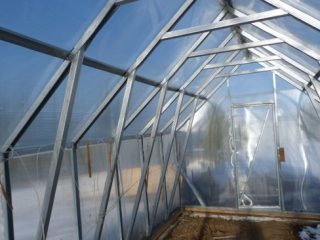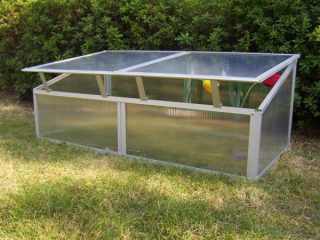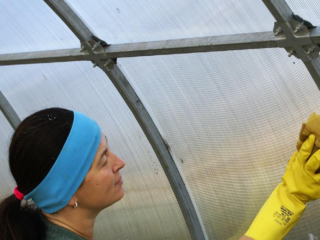Content
Gardeners with extensive experience successfully grow any crops in their gardens, regardless of the climate zone and latitude in which the plot is located. The success of gardening and vegetable gardening depends on how high-quality conditions are created for plantings. In the case of greenhouses, glass has long been used to cover them, protecting plants from bad weather. However, in order to create a frame that reliably holds heavy glass, you need to build a powerful structure. In this regard, cellular polycarbonate panels are much lighter, but have good thermal insulation properties, UV protection and sufficient rigidity. However, more affordable rolled materials are also popular today, for example, spunbond for greenhouses. In this article we will talk about spunbond material, where it is used and what effect it gives.
Spunbond – covering material for plants
This is an agrofibre, which is indispensable in gardening, especially for those gardeners who grow crops in cold climates.
What is spunbond?
Spunbond is a technology used to produce nonwoven materials based on molten polymers. Often, the canvas itself is also called this term. In the field of landscape design and agriculture, special agrofibre is used - waterproof and protected from UV rays. It is great for small greenhouses.
The good barrier characteristics of spunbond allow it to be used both in greenhouses and in beds. They provide protection for plants from bad weather, pests, and damage from sunlight. There is black weed control material and white agrofibre for greenhouses on the market; the fabrics differ in density, which determines the scope of application.
Types and properties
Regardless of the manufacturer, the material is produced using the same technology. As a result of gluing cellulose, polypropylene and other synthetic fibers (in molten form), a moisture-proof fabric with high strength is formed. Let's consider the common types of this material:
- SUF. This agrofibre has UV protection. At the same time, there are several types of such spunbond: SUF 30 - for greenhouses on a light frame, SUF 42 - provides protection against frost (up to -3 degrees Celsius), SUF 60 - used for stationary structures (temperatures up to -6 degrees Celsius).
- Agrotex. Eco-friendly material with UV protection, which is visually similar to porous fabric. It provides air and light transmission (up to 90%). At the same time, such shelter provides reliable protection of crops from cold and excess moisture. Single layer 60 UV coating can be used in frost conditions down to -9 degrees Celsius.
- Spunwhite. Non-woven material from a manufacturer from Belarus, with high strength.It is attached to the frame like a film and provides protection from cold fog and frost. A spunbond greenhouse of this type will become a cozy home for plantings even in frosty conditions.
- Lutrasil. Agrofibre is produced in Germany. According to the manufacturer, it can be used for 12 seasons without losing its properties. The material has good air permeability and resistance to fungal attack.
Application of agrofibre
A spunbond greenhouse can be covered with black or white material. At the same time, there is agrofibre that can be used in open ground conditions.
How to use agrofibre for greenhouses
Despite the fact that the material visually looks light, it retains heat better than film. White agrofibre with a density of 30-69 g/m2 is used to cover greenhouse and greenhouse structures. Under such shelter you can create protection from frost down to -9 degrees Celsius.
How to use spunbond outdoors
To protect plants in open ground, we recommend using white agrofibre with a density of 17-30 g/m2. The black material often has a density of 50 to 60 g/m2 and is used in the process of mulching the soil. The color of spunbond is due to the presence of soot in the composition, which absorbs ultraviolet radiation well.
Black and white spunbond - differences and application
As we have already noted, material made from environmentally friendly polypropylene comes in white and black colors, which determines the scope of application:
- White spunbond (17-30 g/m2) – open ground.
- White spunbond (30-60 g/m2) – greenhouses and greenhouses.
- Black spunbond (50-60 g/m2) – mulching.
- Black and white (50 g/m2) – mulching of berry and vegetable beds (simultaneous protection from weeds and the sun).
- Red-yellow, red-white.Used to protect plantings from adverse weather conditions. Suitable for covering flowers, berry bushes, fruit trees, vegetables.
Other types of covering material
Among other common types of covering materials for greenhouses, we note the following:
- PVC film.
- Thermal insulating PE film.
- Luminescent fabric.
- Hydrophilic film.
- Glass.
- Cellular polycarbonate.
Conclusion
Are you looking for an inexpensive but effective covering material for a greenhouse or open beds. Agrofabric will protect crops and soil, improve the quality of fruits and increase productivity.











